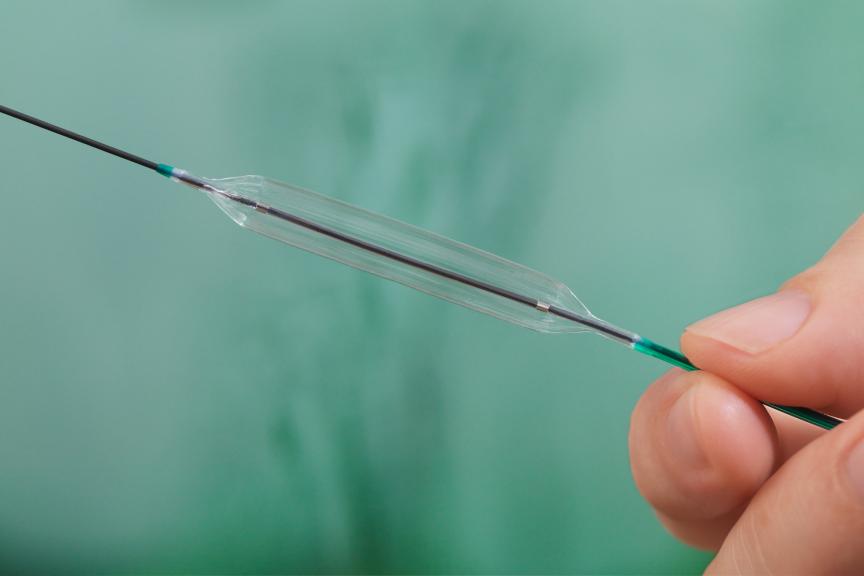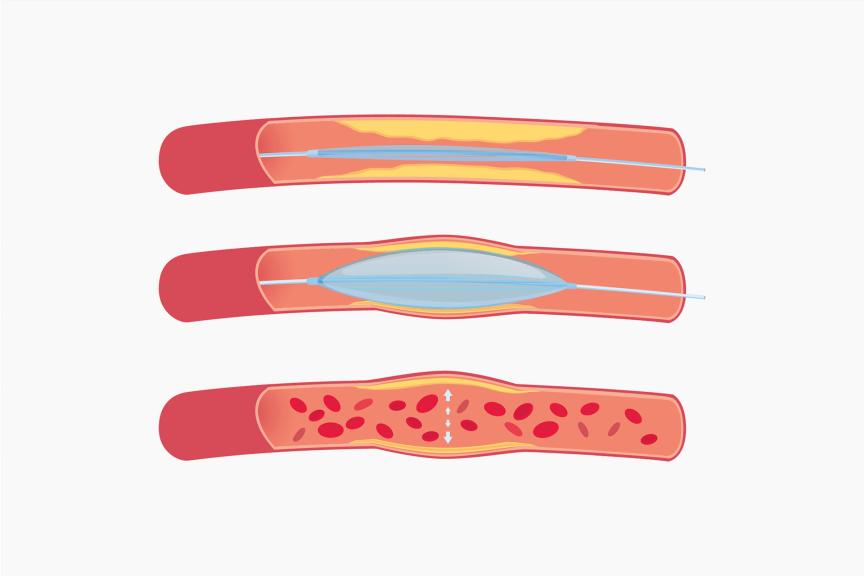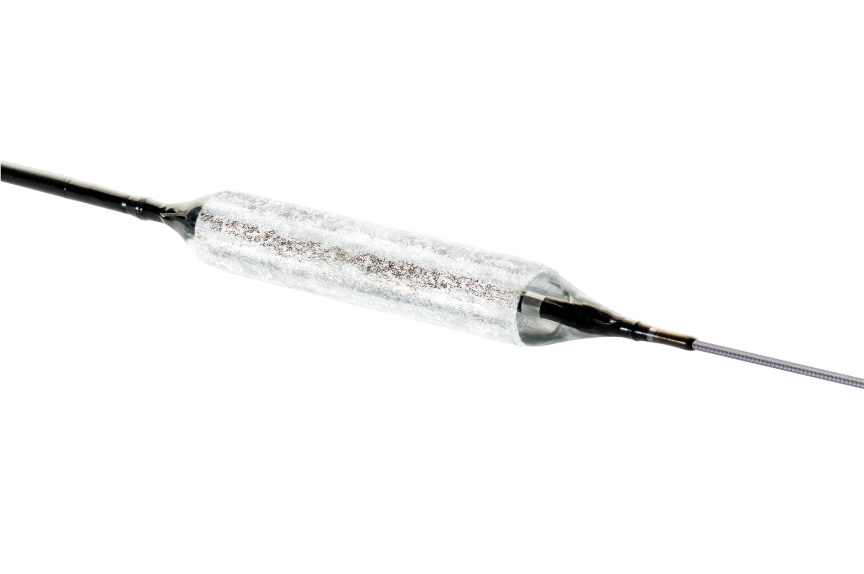What Is Balloon Angioplasty?
When your coronary or peripheral arteries are narrowed by plaque that build up and narrow your arteries, you might suffer coronary and peripheral artery disease. If you do, the blood flow through your vessels is restricted and may lead to greater complications when thrombosis builds up and gets pushed through your vessels into the brain or heart. This can lead to a stroke. Therefore, your physician may recommend a balloon angioplasty: a minimally invasive method to widen narrowed arteries from inside the vessel. This procedure aims to re-establish a sufficient supply of oxygen-rich blood in the affected areas of the heart or the body. A physician performs this procedure in a catheterization laboratory (“cath lab”) under local anesthesia.





